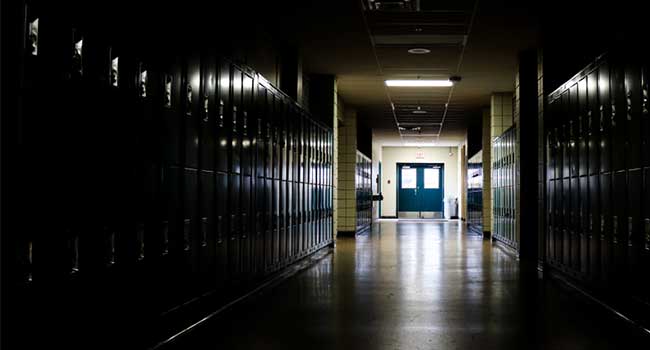
Wisconsin School District Reviews Active Shooter Drills
"The intention isn't to create a simulation so real that it traumatizes the students, but rather to empower them to understand that in a crisis that they have choices that they can make,” Leigh said.
- By Jessica Davis
- December 17, 2018
The Wausau School District has reviewed written evaluations of the schools’ active shooter drills.
This is the second year that the district has run this kind of drill in its schools, thanks to a school safety grant from the Wisconsin Department of Justice. According to Board President Jeff Leigh, the drills vary based on the age of the students.
"For the elementary schools it was mostly students being explained to them, this is an emergency situation and here's how you would barricade the room or how you would evacuate,” Leigh told WSAU. “And of course, as we go up into the high schools, there's more information shared."
Leigh said students were allowed to opt out of the drills if needed.
"We had some concern on the board though that some students could be adversely affected. And there were opt outs in place, but perhaps that could be better communicated and thought out a little more in advance by the families and staff members too."
The district’s drills follow the ALICE training method, which teaches faculty and students about their options in an emergency.
Leigh said the drills are used to help students practice those skills, not to scare them.
"The intention isn't to create a simulation so real that it traumatizes the students, but rather to empower them to understand that in a crisis that they have choices that they can make,” Leigh said. “And for them to have already thought a little bit though, but to know that they have agency, that they're empowered to make some important decisions."
According to Leigh, the district will use the written evaluations to figure out what works and what doesn’t in terms of the drills in order to run more efficient active shooter drills in the future.
About the Author
Jessica Davis is the Associate Content Editor for 1105 Media.